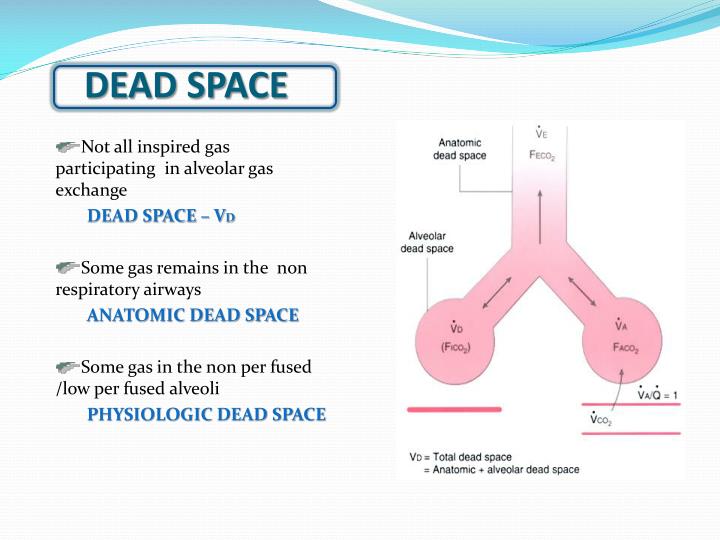

NHF clears the upper airways of expired air, which reduces dead space by a decrease of rebreathing making ventilation more efficient. Measurement of inspired gases in the trachea showed an NHF-dependent decrease of inspired CO 2 that correlated with an increase of inspired O 2 (cc = -0.77, P < 0.05). Clearance rates in nasal cavities derived from time constants and MRI-measured volumes were 40.6 ± 12.3 (SD), 52.5 ± 17.7, and 72.9 ± 21.3 ml/s during NHF (15, 30, and 45 l/min, respectively). The scintigraphy revealed a decrease in 81mKr gas clearance half-time with an increase of NHF in the nasal cavities, the pharynx (cc = -0.41, P < 0.01), and the trachea (cc = -0.51, P < 0.01). The randomized crossover study involved 10 volunteers using scintigraphy with 81mKrypton ( 81mKr) gas during a breath-holding maneuver with closed mouth and in 3 nasally breathing tracheotomized patients by volumetric capnography and oximetry through sampling CO 2 and O 2 in the trachea and measuring the inspired volume with inductance plethysmography following NHF rates of 15, 30, and 45 l/min. The hypothesis of this study was that NHF in a dose-dependent manner can clear dead space of the upper airways from expired air and decrease rebreathing. Clearance of dead space has been suggested as being the key mechanism of respiratory support with NHF therapy. Recent studies show that nasal high flow (NHF) therapy can support ventilation in patients with acute or chronic respiratory disorders.


 0 kommentar(er)
0 kommentar(er)
